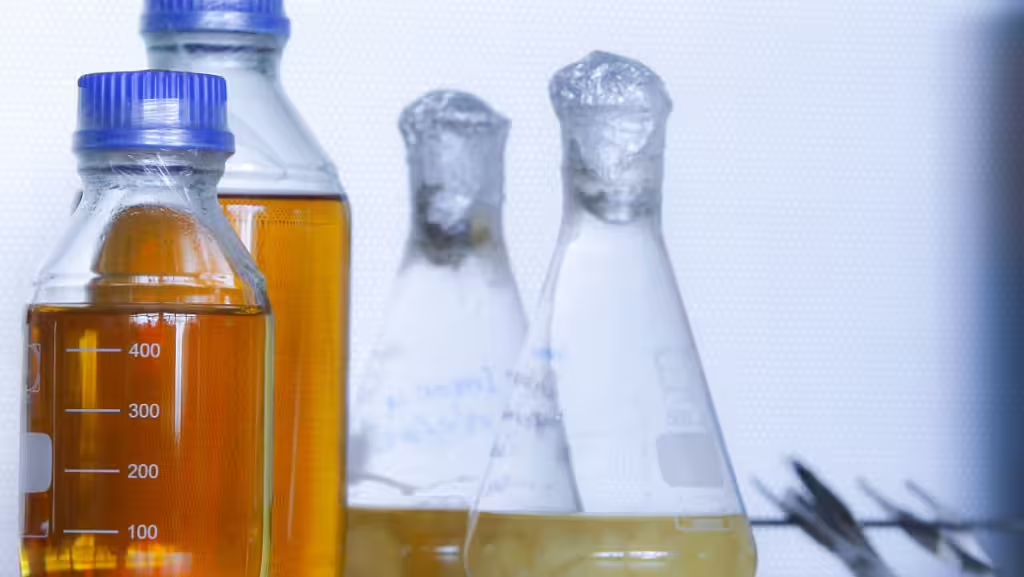Normal temperature polymerization process
The principle of synthesizing polycarboxylic acid water reducing agent at room temperature is that, through the process of dropping the reducing agent to the reactor and the oxidant in the reactor to form a redox system, the process produces oxygen radicals, oxygen radicals in order to achieve their own stable structure, seize the electrons of the monomer, so that the monomer becomes an active monomer, active monomers repeatedly and the monomer molecules are rapidly added to the monomer and the monomer will be the large monomer and small monomers through the formation of copolymerization of water-reducing agent molecules.

Polycarboxylic acid synthesis method at room temperature
01 Macromolecular reaction method
In this method, polymerization is carried out first and then esterification, i.e., polycarboxylic acid of known relative molecular mass is prepared first, and then polyether of known relative molecular mass is used to graft polycarboxylic acid by esterification reaction under the action of catalyst at a higher temperature. However, due to the limited variety and specification of polycarboxylic acid, it is difficult to adjust its composition and relative molecular mass, and at the same time, due to the poor compatibility between polycarboxylic acid and polyether, the esterification is difficult to operate in practice, and as the esterification reaction proceeds, the water is constantly overflowing, and the phase separation phenomenon will occur.
The phase separation problem can be solved if a polyether monohydric alcohol or diol with good compatibility with polycarboxylic acid can be selected. He Jing et al. produced a polycarboxylic acid water reducing agent by using the monomers styrene and maleic anhydride to polymerize first, and then sulfonate and esterify the copolymer, which has high dispersing performance and excellent slump preserving performance.
02 Macromolecular monomer method
The method of esterification followed by polymerization, that is, first of all through the esterification reaction to prepare a polymerization activity of the macromolecular monomer (usually methoxy polyethylene glycol methacrylate), and then a certain ratio of monomers are mixed together, and then directly polymerize the finished product using the method of solution polymerization. This synthesis process seems simple, but the intermediate separation and purification process is cumbersome and costly. Japan catalyst company using short and long chain methoxy polyethylene glycol methacrylate and methacrylic acid three monomers directly co-polymerized into a slump retention of good with polyether side chain concrete admixture. Polycarboxylic acid water reducing agent
03 In situ polymerization and grafting
This method integrates polymerization and esterification, i.e., polyether is used as the reaction medium of carboxylic acid unsaturated monomers, and the esterification reaction occurs at the same time as the polymerization of carboxylic acid unsaturated monomers, which avoids the problem of poor compatibility of polycarboxylic acid and polyether.Shawl et al. added the mixture of acrylic acid monomers, chain transfer agent, and initiator gradually dropwise to the aqueous solution of methoxylpolyglycol of relative molecular mass of 2000. After the reaction at 60°C for 45 min, the temperature was raised to 120°C, and the water was continuously removed under the protection of N2 (about 50 min), and then the catalyst was added to raise the temperature to 165°C, the reaction was carried out for 1 h, and further grafting was carried out to obtain the finished product.
Factors affecting the efficiency of normal free radical polymerization at room temperature:
Internal factors: redox system and type, polymerization activity of each material and residual amount of polymerizer; external factors: starting temperature (free radical decomposition rate), stirring intensity (oxygen in the air will consume free radicals).
*Disclaimer: The content contained in this article comes from the Internet, WeChat public numbers and other public channels, and we maintain a neutral attitude toward the views expressed in the article. This article is for reference and exchange only. The copyright of the reproduced manuscript belongs to the original author and the institution, and if there is any infringementPlease contact Jetson Chemical for deletion
